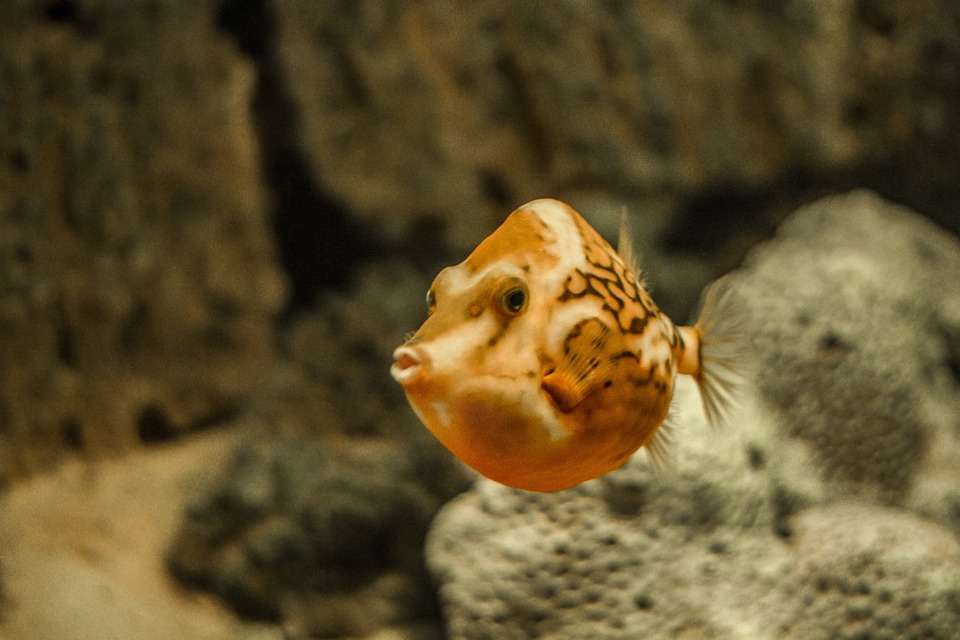*by John Smith*
Introduction:
Fish owners often encounter situations where they need to medicate their beloved aquatic companions. Whether it’s treating a specific ailment or preventing the spread of diseases, administering medications in a separate tank ensures the health and well-being of your fish. In this article, we will guide you through the steps to safely medicate fish in a separate tank, while also addressing frequently asked questions regarding fish medication.
Why Medication in a Separate Tank?
1. Preventing Contamination: Separating sick fish from healthy ones prevents the spread of diseases and minimizes the risk of contaminating the main aquarium.
2. Optimal Environment: A separate tank allows you to create an environment with specific conditions tailored to the needs of the medicated fish, ensuring better treatment efficacy.
3. Reduced Stress: Medication can be stressful for fish. Providing a separate tank with a stress-free environment helps them recover faster.
Setting Up a Separate Medication Tank
1. Tank Selection: Choose a tank appropriate for the size and number of fish you need to medicate. A quarantine tank or a clean, unused aquarium can be used for this purpose.
2. Tank Preparation: Thoroughly clean the tank using warm water and a non-toxic aquarium-safe cleaner. Rinse the tank to remove any residue, ensuring a clean and safe environment for your fish.
3. Filtration and Aeration: Install a proper filtration system and an air pump in the medication tank to maintain water quality and oxygenation. Ensure the filter is cycled and functioning before introducing fish.
4. Heating and Lighting: Use an aquarium heater and thermometer to maintain a stable temperature suited to your fish species. Provide appropriate lighting for your fish’s well-being, mimicking their natural environment.
5. Substrate and Decorations: Avoid using gravel or other substrates that can harbor bacteria. Opt for a bare-bottom tank or use minimal, easy-to-clean decorations.
Administering Medication
1. Diagnosis: Accurately diagnose the ailment by observing the fish’s symptoms. Consult a veterinarian or a knowledgeable fish expert if unsure.
2. Choosing the Right Medication: Select medication appropriate for the diagnosed condition. Follow the instructions on the medication packaging or consult a fish veterinarian for dosage and treatment duration.
3. Quarantine Procedure: Carefully transfer the fish to the medication tank using a dedicated net or container, minimizing stress during the process.
4. Medication Dosage: Administer the medication as instructed, considering factors such as water volume, fish size, and treatment duration. Monitor the fish closely for any adverse reactions.
5. Water Quality Maintenance: Regularly test the water parameters in the medication tank and perform partial water changes to ensure optimal conditions for the fish. Follow the medication instructions regarding water changes, as some medications may require specific protocols.
6. Observation and Care: Maintain a close watch on the medicated fish, monitoring their behavior, appetite, and overall health. Note any changes or improvements, and seek professional advice if necessary.
FAQs (Frequently Asked Questions)
Q: How long should I keep the fish in the medication tank?
A: The duration of medication varies depending on the ailment and prescribed treatment. It can range from a few days to several weeks. Follow the instructions provided with the medication or consult a fish veterinarian for specific guidance.
Q: Can I use the same equipment in the main tank after treating fish in the medication tank?
A: It is essential to disinfect any equipment used in the medication tank to avoid cross-contamination. Thoroughly clean and disinfect the equipment before reintroducing it into the main tank.
Q: What should I do if the fish’s condition worsens during treatment?
A: If the fish’s condition deteriorates or does not show signs of improvement, consult a fish veterinarian promptly. They can provide a more accurate diagnosis and recommend alternative treatments if necessary.
Q: Can I use natural remedies instead of medications to treat fish ailments?
A: Natural remedies may work for certain minor ailments, but it is crucial to consult a fish veterinarian for a proper diagnosis and treatment plan. They can guide you on the most effective and safe approach for your fish’s specific condition.
Conclusion:
Medicating fish in a separate tank is a responsible and effective way to maintain the health of your aquatic pets. By following the steps outlined in this article and seeking professional advice when needed, you can ensure their well-being and provide them with the best chance of recovery. Remember, a healthy fish is a happy fish!









